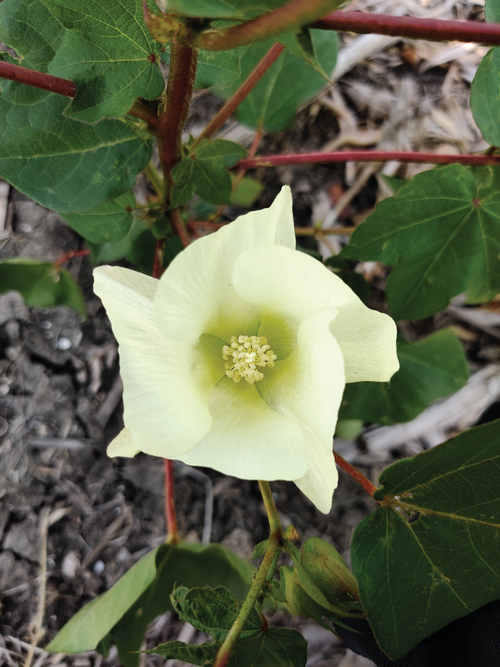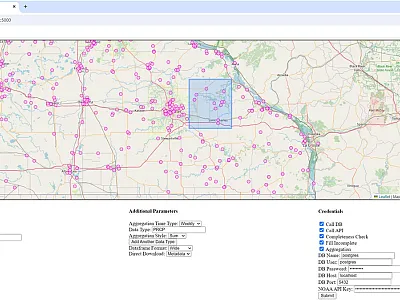Skip-Row Planting Is Potentially Beneficial in Rainfed Cotton

Cotton (Gossypium hirsutum L.) is an important crop in Texas and the southern U.S. Improving management to sustainably increase productivity in rainfed cotton is a goal of cotton research. Fertilization with foliar potassium (K) could potentially improve cotton quality and growth, and skip‐row arrangements can conserve resources and reduce drought stress, which is a problem particularly in rainfed cotton, by reducing the planted area.
A recent study in Agrosystems, Geosciences & Environment tested the effects of both foliar K fertilization and row spacing on cotton yield, quality, and nutrient uptake from 2017 to 2020. Researchers at the USDA‐ARS facility in Temple, TX set up a field experiment with full‐row treatments, where all rows were planted, and skip‐row treatments where every third row was skipped. They also tested foliar K, applying K (0, 5, and 10 kg ha–1) during the blooming stage at two‐week intervals. Foliar K application had no effect on yield or quality while the skip‐row treatment increased yield and quality in the driest year and had no effect in the wetter years.
Skip‐row configurations can be used to improve quality and yield and decrease production costs in rainfed cotton in drier climates.
Adapted from
Menefee, D., Smith, D. R., Zwonitzer, M., & Collins, H. P. (2023). Effects of row spacing and potassium foliar applications on yield of cotton. Agrosystems, Geosciences & Environment, 6, e20432. https://doi.org/10.1002/agg2.20432
Text © . The authors. CC BY-NC-ND 4.0. Except where otherwise noted, images are subject to copyright. Any reuse without express permission from the copyright owner is prohibited.







